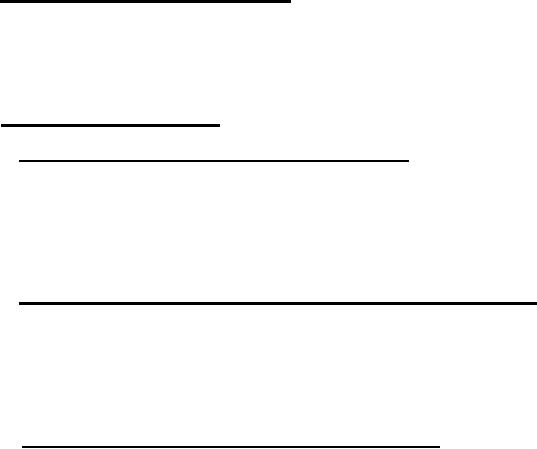 |
|||
|
Page Title:
General emission test conditions |
|
||
| ||||||||||
|
|  MIL-T-52932D
emissions test shall be conducted on two engines selected randomly from the
production stock of engines. Each engine shall be equipped for dynamometer
testing with production accessories (air cleaner, alternator, fan, etc.) as
tested in the endurance and cold start tests. The fuel delivery system of the
two test engines shall be identical and their adjustment and fuel delivery
rates shall be determined and verified to be within 1 percent of those of the
engine used in the endurance and cold start tests. If the fuel delivery
systems are not identical and adjusted and calibrated to be within 1 percent
of each other, this shall be cause to prohibit commencement of further
emission testing until corrected. Each of the test engines shall then be
run-in for at least 80 hours. During the run-in the engines shall be
subjected to an even distribution of the loads and speeds from the 13 modes of
the Federal test procedure. After the run-in is complete, the horsepower of
each of the emission test engines shall be determined. Each engine shall be
capable of developing horsepower within 5 percent of the rated horsepower at
rated speed as published by the engine manufacturer for this application.
Failure of the test engines to develop sufficient horsepower until corrected
shall be cause to prohibit further testing.
4.7.10.3 General emission test conditions. Each emission test specified
herein shall be performed two times with each emission test engine and the
results averaged to obtain the value which is compared to appropriate
specification requirements. All emission testing shall be conducted using a
D2 diesel control fuel as specified by 40 CFR Parts 81-99. The 80 hour run-in
may be conducted with the contractor's choice of diesel fuel.
4.7.10.4 Emission test procedures.
4.7.10.4.1 Emission test Procedures for HC. CO and
NOX. Determine the
emissions rate of HC, CO and NOx in accordance with the
steady-state 13 mode
Federal Test Procedure (FTP), for new diesel heavy duty
engines as specified
by Title 40 Code of Federal Regulations Part 86, subpart
D). Brake specific
values after being averaged in accordance with 4.7.10.3
of more than 0.5
g/bhp-hr HC, 5.0 g/bhp-hr CO, and 6.0 g/bhp-hr NOX as
specified in 3.23.1
shall constitute failure of this test.
4.7.10.4.2 Total suspended particulate (TSP) emission test procedure. The
TSP emission measurement system shall be in accordance with procedures
outlined by the Federal Register Volume 40, Part 86. Measurement shall be
made, however, with the engine at steady state modes taken from the 13 mode
Federal Test Procedure. Testing for TSP 3, 4, 10, and 11 modes of the 13 mode
test shall be conducted. Average TSP emission rates exceeding 15 g/hr at any
mode as specified (see 3.23.2) shall constitute failure of this test.
4.7.10.4.3 Steady state smoke capacity test and procedures. Steady state
smoke opacity levels, shall be determined using the smoke measurement system
specified by Title 40 Code of Federal Regulations Subpart I for new diesel
heavy duty engines. Instead of the 3 modes specified in subpart I the engine
modes to be tested shall be taken from the steady state 13 mode Federal Test
Procedures (FTP) as specified by Title 40, Code of Federal Regulations Subpart
28
|
|
Privacy Statement - Press Release - Copyright Information. - Contact Us |